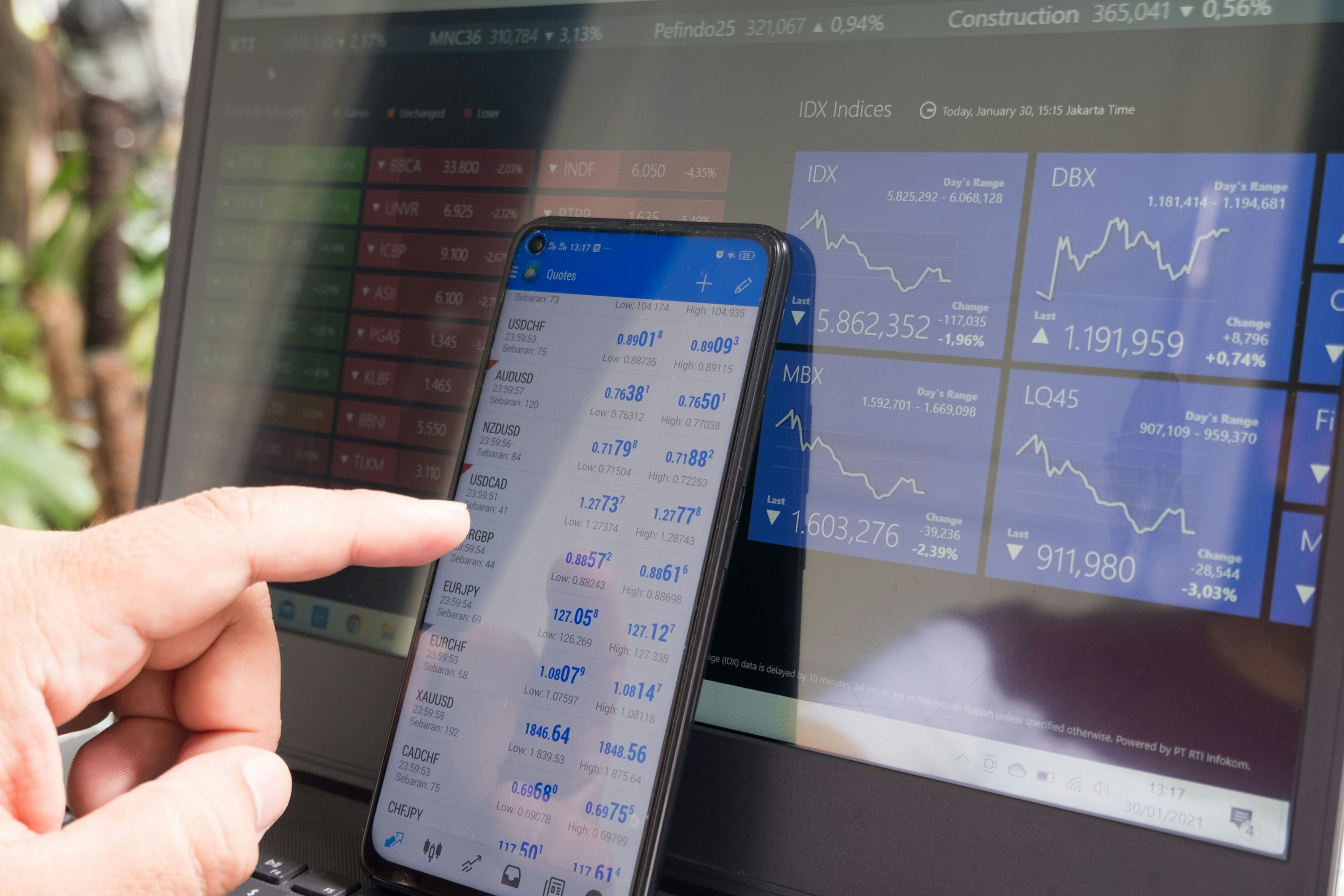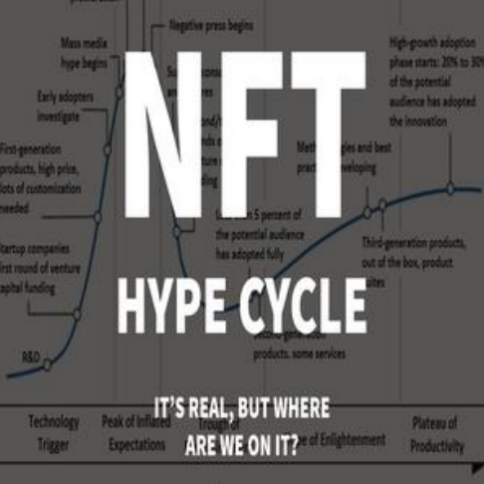In the vast transaction flow of financial markets, how can regulators accurately locate the clues of violations? The answer lies in the seemingly ordinary transaction details. Every transaction, like a tiny but critical gear, drives the operation of the financial system, and the anomalies in it can often uncover the mystery of violations for regulators.

The time series in transaction records contains abundant information. Some transactions are extremely active at certain times, which may imply unusual motives. For example, if an account frequently conducts large transactions during off-peak hours, especially when it is operated across time zones, it may mean an attempt to manipulate the market artificially. Normal transactions usually follow the laws of the market, showing a certain periodicity and regularity, while violations often break this balance and leave traces of time. Regulators need to make a detailed statistical analysis of trading time and establish a time model to identify abnormal behaviors with significant deviations from normal trading patterns, which may be potential signals of illegal trading.
The characteristics of the counterparty are also one of the key clues. In normal transactions, the capital transactions between accounts are often supported by reasonable business logic. However, when regulators find that an account suddenly produces frequent and purposeless transactions with multiple unfamiliar accounts, they need to be vigilant. These strange accounts may be "empty shells" set up for specific violations. Their appearance, like reefs in the financial ocean, is hidden under the surface, but it poses a potential threat to market stability. Regulators can use big data technology to build a map of counterparty relationships, identify abnormal counterparty relationships by analyzing multi-dimensional information such as correlation, transaction frequency and amount between accounts, and then explore potential violations.

The context of capital flow is also worthy of in-depth exploration. The flow path of a sum of money can often reveal the intention behind it. If the funds quickly shuttle between multiple accounts, the final flow direction is difficult to track or obviously inconsistent with its original purpose, which may mean money laundering or other illegal fund transfer. Regulators need to follow the footsteps of funds like detectives and dig out the truth behind them. By using advanced fund tracking technology and algorithm model, the dynamic monitoring and analysis of fund flow between different accounts can identify abnormal patterns in fund flow more accurately and provide strong support for cracking down on illegal fund activities.
In addition, the abnormal fluctuation of the transaction amount may also be a signal of violation. Sudden large-value transactions, especially those that are seriously inconsistent with the historical transaction scale of accounts, need to be paid attention to. This may be that market manipulators try to influence market prices through false transactions, or they are conducting insider trading to obtain illegal benefits. Regulators can set a reasonable threshold and fluctuation range of transaction amount, focus on the review of transactions beyond the normal range, and judge whether there are violations in combination with market conditions and account background information.

In the financial world, every transaction does not exist in isolation. They are intertwined and form a complex network. Through keen insight and rigorous analysis of the details of these transactions, regulators can accurately locate and reveal the true face of violations, just like looking for sleeping treasures in the vast ocean of data, so as to protect the fairness, justice and stability of the financial market and ensure its healthy and orderly operation.







